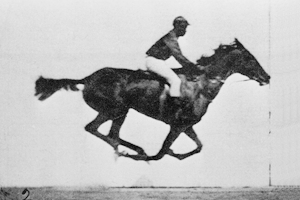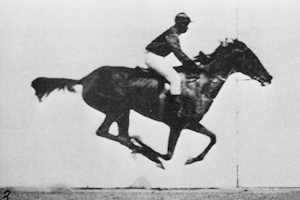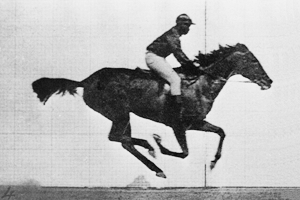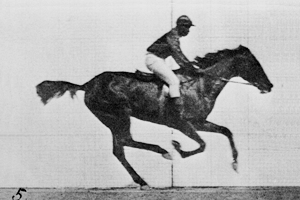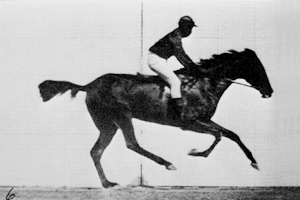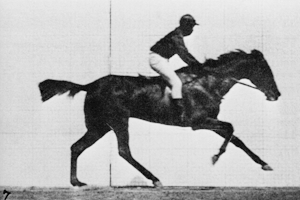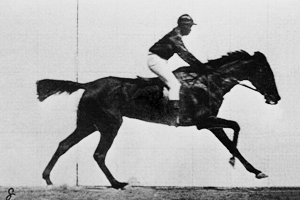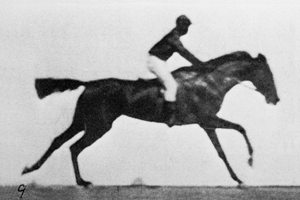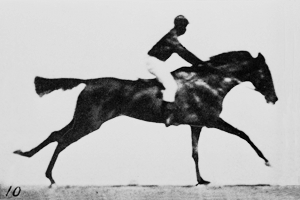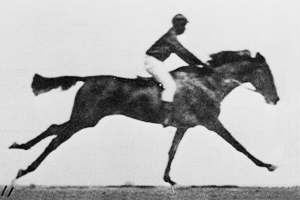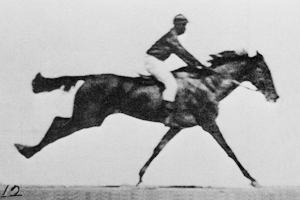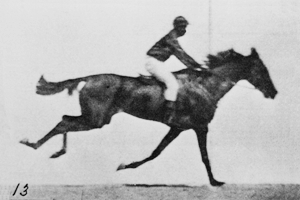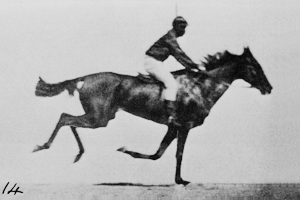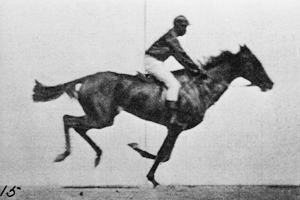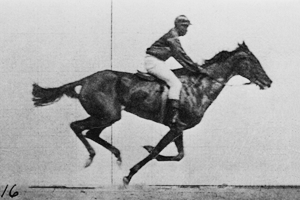
This past week, I have made many decisions for this project to move forward with. To start, I finally decided which GIF/set of images I would be using for the Lithophane zoetrope. I was originally having a hard time deciding what subject I wanted to portray, but ended up going with “The Horse in Motion.”
“The Horse in Motion” created by Eadweard Muybridge was a series of famous photographs from 1878, which was an early method of chronophotography which is the method of photographically recording the passing of time. The piece was comissioned to answer the question, “Are all four of a horse’s hooves ever off the ground at the same tiem while a horse is galloping?”
I think this was a great way to incorporate new technologies and methods through lithophanes while connecting this back to what this innovative technique had done, in displaying a moving art form. It allows me to couple my interest in displaying movement, while also pairing my interest in 3D printing.
Failure
Initially, I was trying to figure out how to go about splitting up the GIF I would be using for the piece, but eventually found a very useful website that is able to extract each individual image from the original GIF file.
After creating a single circular model, I tried printing it as one piece and had issues partially through the print where my printer stopped. I believe I know what my issue is, but will need to fix a couple things before reprinting a new model.
The model below is the failed print. Currently this piece is smaller than I hope to make it, but created this to experiment with the Lithophane software I am using as well as in general just printing a lithophane. I would eventually like to try splitting this up into a few larger pieces and assembling them all to take up a larger area, but hope to get this size to work first in order to make sure that the light and movement affects work.
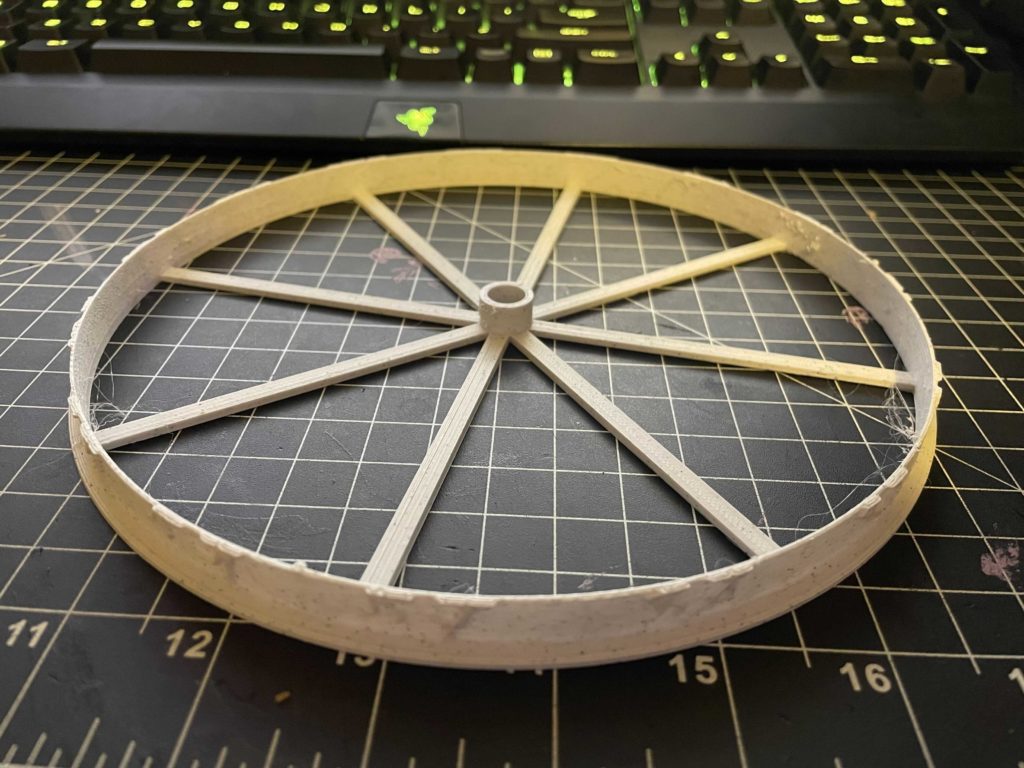
Moving Forward
Moving forward with this week, I plan on fixing my printer and getting a model printed that I can experiment with the motor speed required to create the lighting and illusion of the object moving. I would also like this model to act as a test for the thickness of the actual lithophane in order to determine the thickness that is best for the subject here. I also need to figure out how to go about lighting the single subject, and plan on creating some sort of housing that will hold an LED panel behind the circular lithophane.
